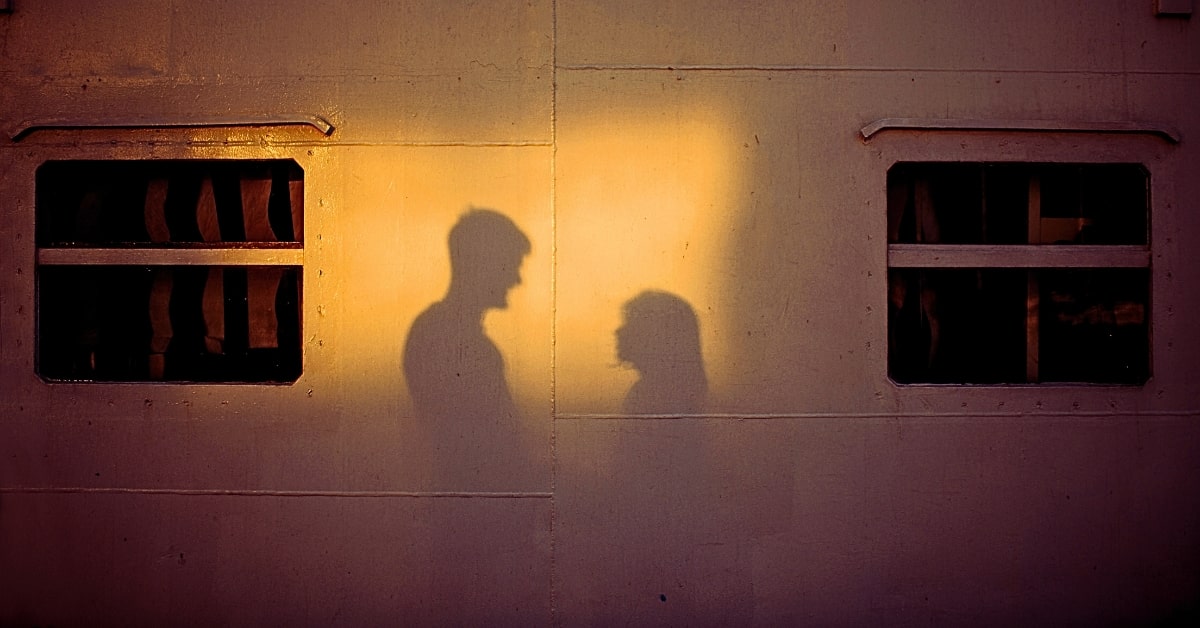In the realm of photography, shadows play a pivotal role in shaping compositions, adding depth, and creating visual interest. Understanding how to harness and manipulate shadows allows photographers to craft compelling and evocative images. This article delves into the techniques and tips for utilizing shadows effectively in photography.
Exploring Photography Shadows
- Importance of Shadows:
- Shadows in photography are instrumental in defining shapes, emphasizing textures, and establishing mood and depth within an image.
- Creative Use of Shadows:
- Shadows can serve as compositional elements, leading lines, or contrasting textures that enhance the visual impact and storytelling within a photograph.
- Controlling Light and Shadows:
- Manipulating light sources, angles, and settings enables photographers to control the intensity, direction, and softness of shadows in their shots.
Techniques for Working with Photography Shadows
- Understanding Light Sources:
- Identify and analyze natural or artificial light sources to anticipate how shadows will fall and interact within the frame.
- Utilizing Available Light:
- Experiment with available light conditions, such as golden hour or diffused sunlight, to create dynamic and captivating shadow effects.
- Creating Dramatic Silhouettes:
- Use backlighting to capture striking silhouettes, where subjects appear as dark shapes against a brighter background.
Tips for Mastering Photography Shadows
- Embrace Contrast:
- Play with the contrast between light and shadow to add drama and visual impact to your photographs.
- Experimentation and Adaptation:
- Experiment with different lighting scenarios and adapt to changing conditions to discover unique ways shadows can enhance your compositions.
- Observation and Patience:
- Observe the interplay of light and shadows in different environments and exercise patience to capture the perfect moment.
Conclusion
Shadows in photography are not just the absence of light; they are vital elements that shape compositions, evoke emotions, and add depth to visual narratives. By mastering the techniques for manipulating shadows, photographers can create captivating and impactful images that tell compelling stories. Understanding the nuances of light and shadow, coupled with experimentation and observation, empowers photographers to harness the transformative power of shadows, elevating the artistry and storytelling in their photographic endeavors.
FAQs
What role do shadows play in portrait photography?
Shadows in portrait photography help sculpt facial features, add depth, and create mood, contributing to the overall aesthetics and character portrayal.
How can photographers minimize unwanted shadows in their images?
Adjusting the position of light sources, using reflectors, or diffusing harsh light can help reduce or control undesirable shadows in photography.
Can shadows be manipulated during post-processing in photography?
Yes, photographers can refine or enhance shadows during photo editing by adjusting exposure, and contrast, or using editing software tools.
Are there specific lighting setups for capturing shadows in photography?
Lighting setups like Rembrandt, Butterfly, or Side lighting can be utilized to create intentional shadow effects in photography, each offering distinct shadow patterns and depth.
This page was last edited on 27 February 2024, at 12:26 pm
